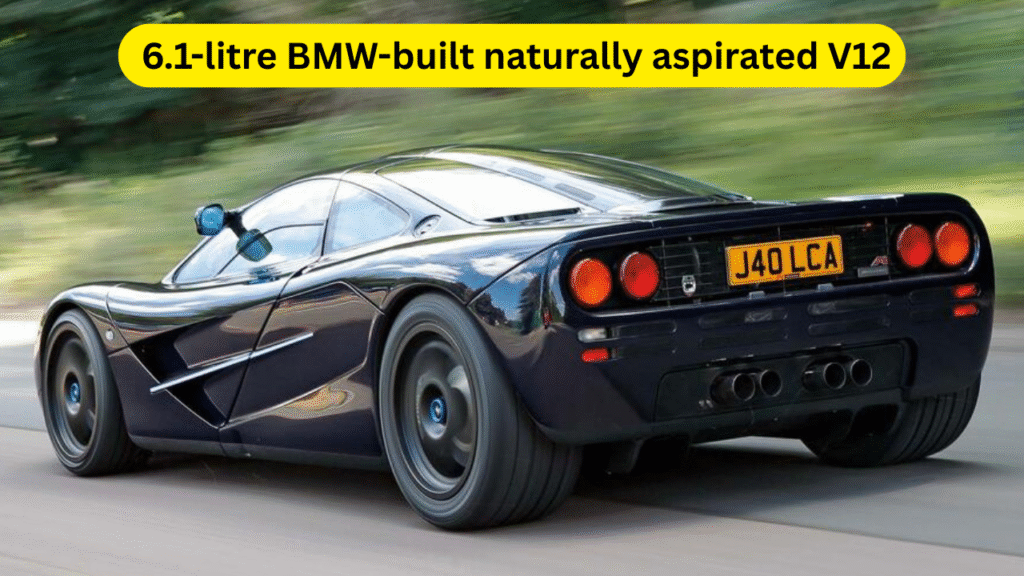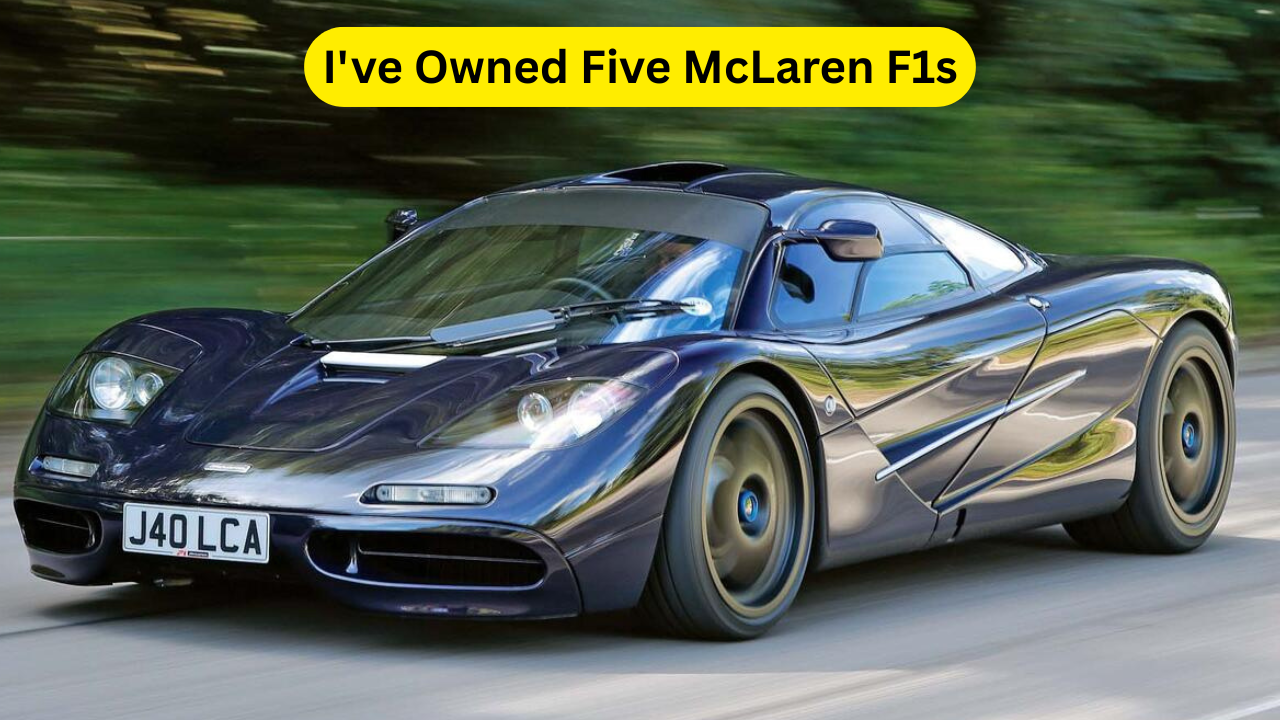I’ve Owned Five McLaren F1s: What is the greatest road car of all time? Opinions vary, but few machines have defined an era of automotive excellence quite like the McLaren F1. With only 106 cars built between 1992 and 1998 (including prototypes and race variants), the F1 remains one of the most elusive, desirable, and valuable cars in history.
Today, prices hover around £15 million or more, yet its legend is priceless. For those lucky enough to even consider ownership, here’s what you need to know.
The McLaren F1 – A 1990s Hypercar Icon
Conceived by Gordon Murray (design) and Peter Stevens (styling), the F1 was the world’s first hypercar. It wasn’t just fast—it rewrote the rulebook.
Performance figures (recorded in 1994):
- 0–60 mph: 3.2 seconds
- 0–100 mph: 6.3 seconds
- 0–150 mph: 12.8 seconds
- Top speed: 230+ mph
Even three decades later, these numbers rival modern supercars.
At its heart lies a 6.1-litre BMW-built naturally aspirated V12, producing 627 bhp. The sound? A mix between a Le Mans racer and symphony orchestra, with reliability that surprised even its creators.

Buying a McLaren F1 – What You Need to Know
- Availability is the biggest challenge
With just over 100 cars built, most are locked away in private collections or museums. Opportunities come rarely, often at global auction houses or through discreet private sales. - Price expectations
Early on, F1s sold for around £600,000. Today, expect upwards of £15m–£20m depending on provenance, mileage, and whether it’s a road car or a rarer LM/GTR variant. - Ownership costs
- Servicing: McLaren Special Operations (MSO) offers factory support. Cars are sometimes flown back to Woking for maintenance.
- Parts: Many components are bespoke, from the gold foil heat shielding to the central driving position interior. Replacements are costly and often made-to-order.
- Insurance: Stratospheric—unsurprising, given the car’s value.
- What to look for
Provenance is key. Cars with racing pedigree (like the F1 GTR) or unique histories command a premium. Service history with MSO adds significant value.
Ray Bellm – The Racer Who Made the F1 GTR Possible
One of the F1’s most fascinating chapters came when racing driver and businessman Ray Bellm persuaded McLaren boss Ron Dennis to adapt the F1 for the track.
Bellm recalls:
That conversation eventually paved the way for the F1 GTR, which famously won Le Mans in 1995, cementing the F1’s place in motorsport history.
Final Word – The Holy Grail of Road Cars
Owning a McLaren F1 isn’t just about driving—it’s about guarding a piece of motoring history. From its unmatched engineering to its record-breaking legacy, the F1 is the benchmark against which all hypercars are still judged.
For the rest of us? Catching a glimpse of one—whether at a concours, museum, or fleetingly on the road—is an event in itself.

